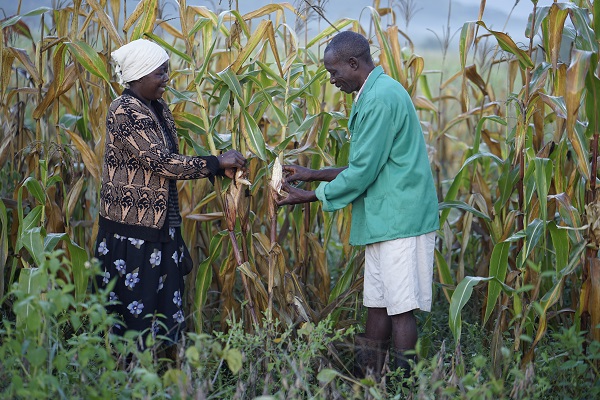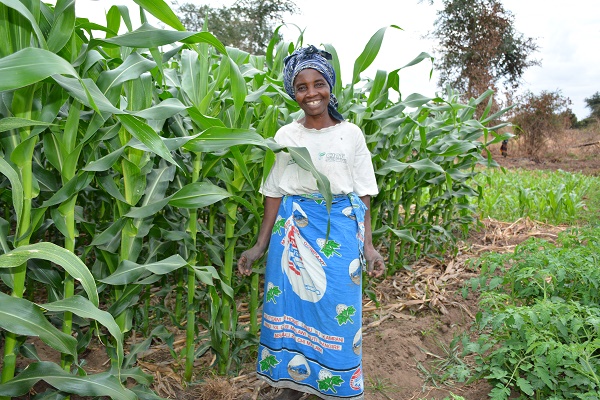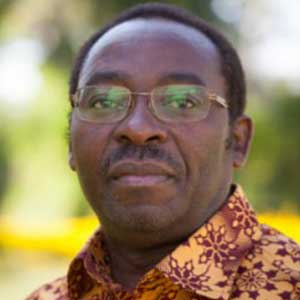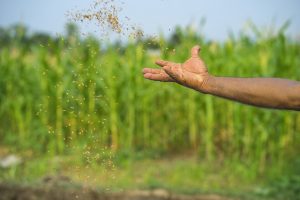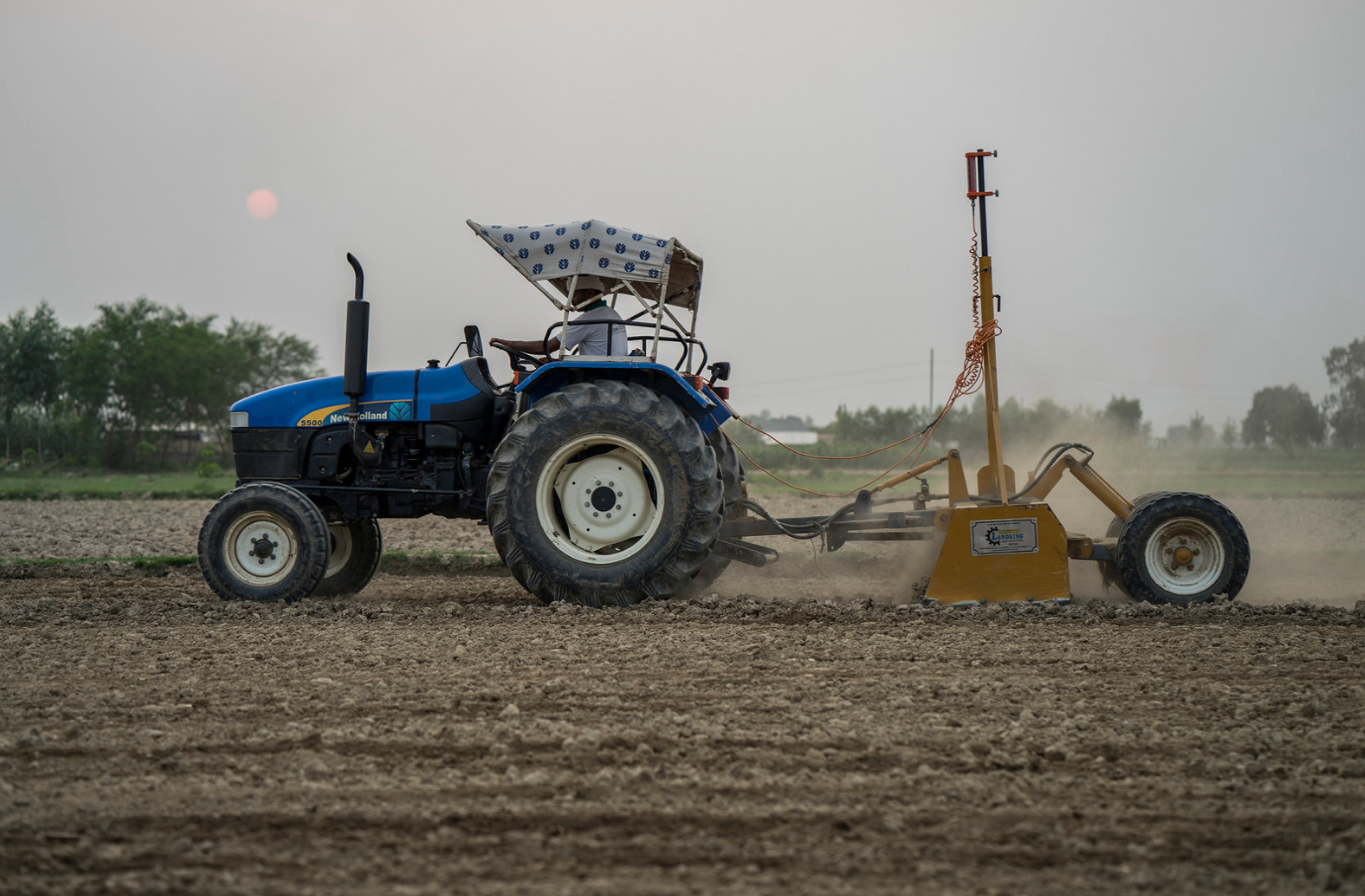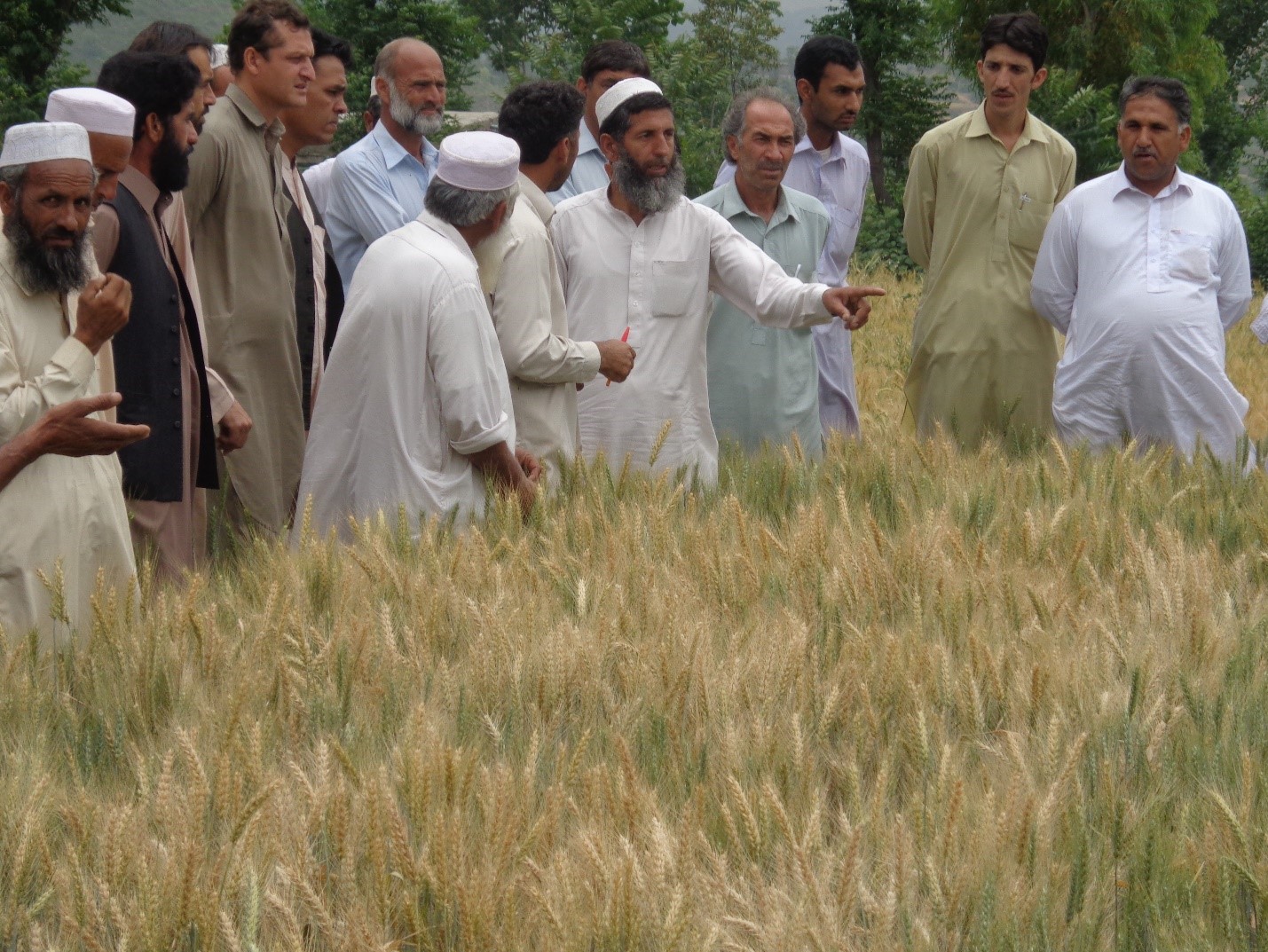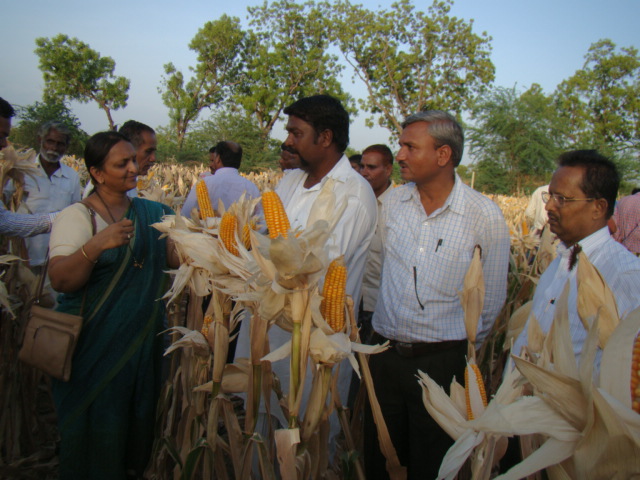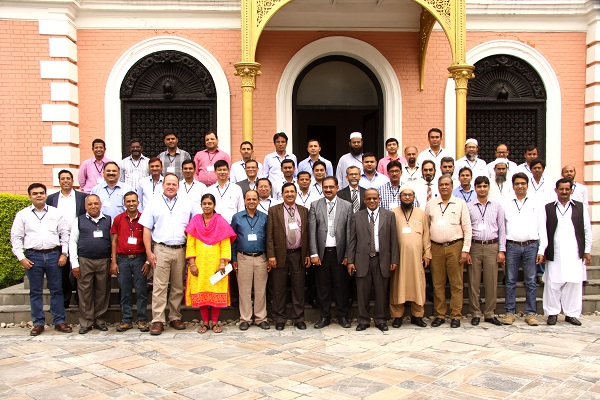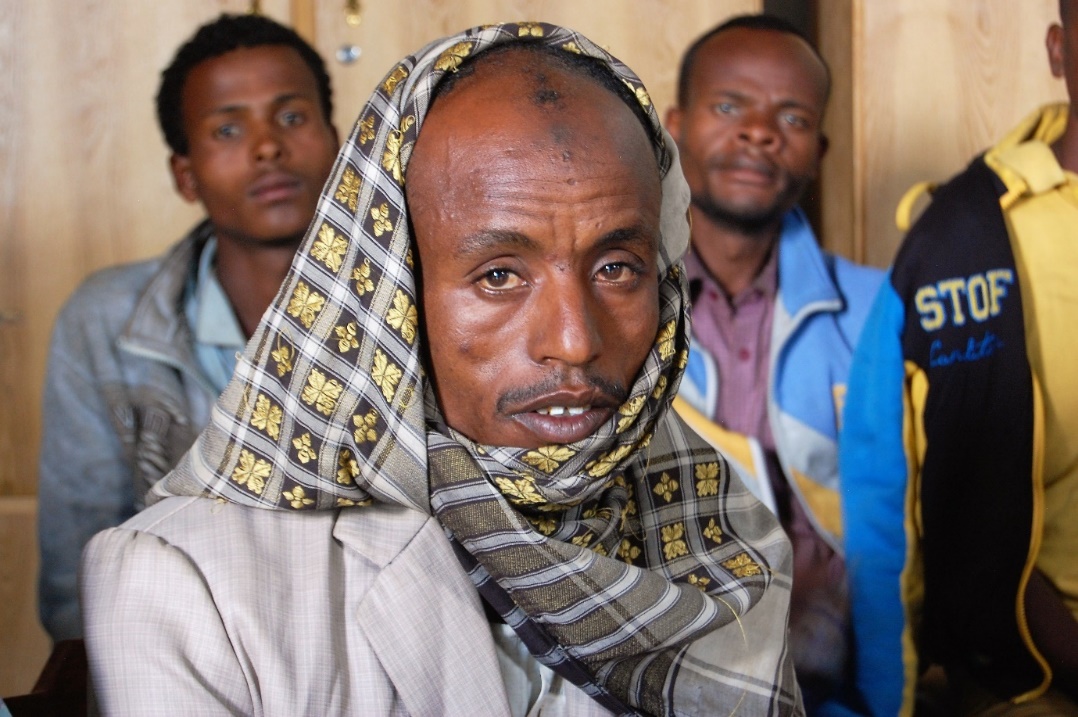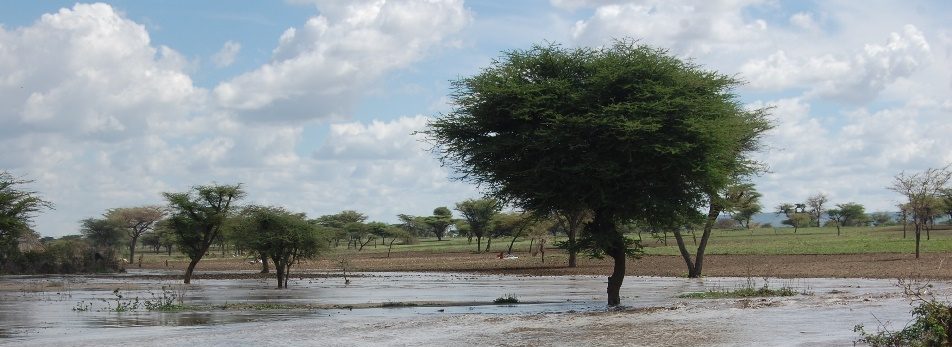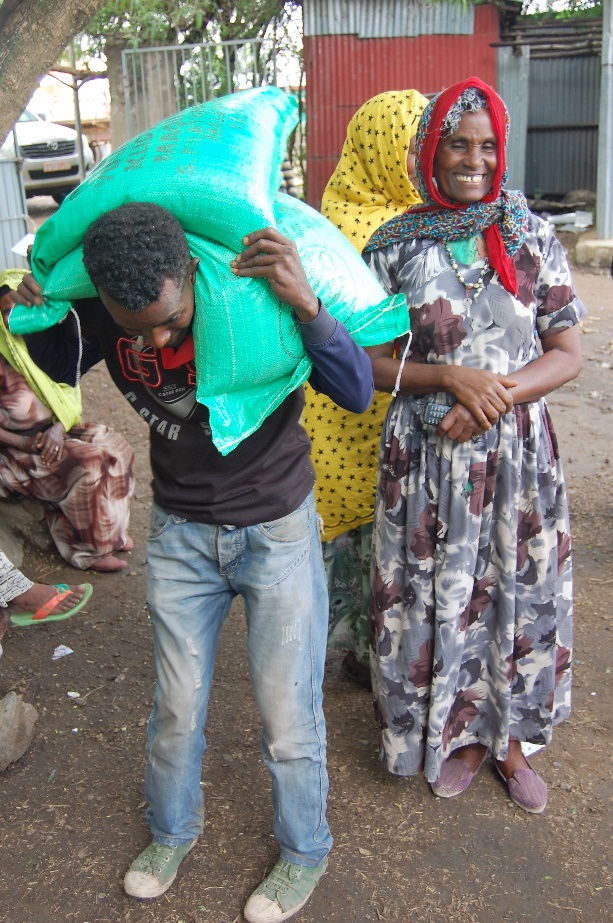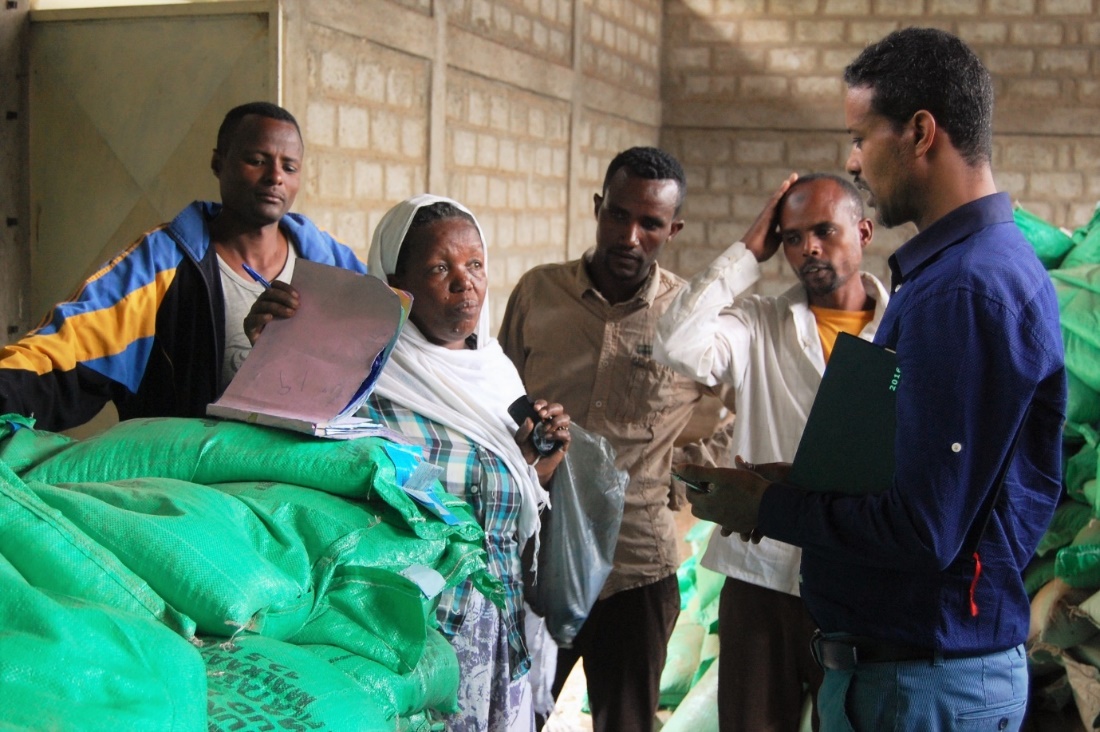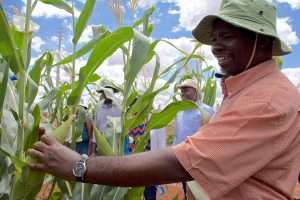New Publications: How to better breed maize for future climates in Latin America
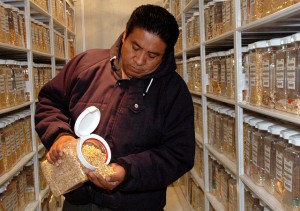
CIMMYT/Xochiquetzal Fonseca
EL BATAN, Mexico (CIMMYT) — A new study from The International Maize and Wheat Improvement Center (CIMMYT) evaluates how elite lines of maize in tropical conditions throughout Latin America perform under abiotic stresses like drought, nitrogen (N) deficiency and combined heat and drought stress.
By 2050, demand for maize is predicted to double in the developing world, and cereal production will need to greatly rise to meet this demand. However, drought and N deficiency are common detrimental factors towards achieving this goal throughout the developing world. The development of new maize germplasm able to tolerate these stresses is crucial if productivity in maize-based farming systems is to be sustained or increased in tropical lowlands in Latin America and elsewhere.
The authors found that only a few lines were tolerant across these conditions, which re-emphasizes the need to separately screen germplasm under each abiotic stress to improve tolerance. Based on high best linear unbiased predicted general combining ability, they found it will be possible to develop hybrids tolerant to multiple abiotic stresses without incurring any yield penalty under non-stressed conditions using these inbred lines. These elite lines can immediately be used in tropical breeding programs in Mexico, Central and South America, and sub-Saharan Africa to improve tolerance to abiotic stress to ensure food security in a changing climate.
Read more about the study “Identification of Tropical Maize Germplasm with Tolerance to Drought, Nitrogen Deficiency, and Combined Heat and Drought Stresses” here and check out other new publications from CIMMYT staff below.
- AlphaSim : software for breeding program simulation. 2016. Faux, A.M.; Gorjanc, G.; Gaynor, C.; Battagin, M.; Edwards, S.M.; Wilson, D.L.; Hearne, S.; Gonen, S.; Hickey, J.M. The Plant Genome 9 (3) : 1-14.
- Conservation agriculture-based wheat production better copes with extreme climate events than conventional tillage-based systems: a case of untimely excess rainfall in Haryana, India. 2016. Aryal, J.P.; Sapkota, T.B.; Stirling, C.; Jat, M.L.; Jat, H.S.; Munmun Rai; Mittal, S.; Jhabar Mal Sutaliya. Agriculture, Ecosystems and Environment 233 : 325-335.
- Grain yield performance and flowering synchrony of CIMMYT’s tropical maize (Zea mays L.) parental inbred lines and single crosses. 2016. Worku, M.; Makumbi, D.; Beyene, Y.; Das, B;. Mugo, S.N.; Pixley, K.V.; Banziger, M.; Owino, F.; Olsen, M.; Asea, G.; Prasanna, B.M. Euphytica 211 (3) : 395-409.
- Growing the service economy for sustainable wheat intensification in the Eastern Indo-Gangetic Plains: lessons from custom hiring services for zero-tillage. 2016. Keil, A.; D’souza, A.; McDonald, A. Food Security 8 (5) : 1011-1028.
- Wheat landraces currently grown in Turkey : distribution, diversity, and use. 2016. Morgounov, A.I.; Keser, M.; Kan, M.; Kucukcongar, M.; Ozdemir, F.; Gummadov, N.; Muminjanov, H.; Zuev, E.; Qualset, C. Crop Science 56 (6) : 3112-3124.
- First report of sugar beet nematode, Heterodera schachtii Schmidt, 1871 (Nemata: Heteroderidae) in sugar beet growing areas of Sanliurfa, Turkey. 2016. Jiang-Kuan Cui; Erginbas-Orakci, G.; Huan Peng; Wen-Kun Huang; Shiming Liu; Fen Qiao; Elekcioglu, I.H.; Imren, M.; Dababat, A.A.; De-Liang Peng. Turkish Journal of Entomology 40 (3) : 303-314.
- Identification of tropical maize germplasm with tolerance to drought, nitrogen deficiency, and combined heat and drought stresses. 2016. Trachsel, S.; Leyva, M.; Lopez, M.; Suarez, E.A.; Mendoza, A.; Gomez, N.; Sierra-Macias, M.; Burgueño, J.; San Vicente, F.M. Crop Science 56 : 1-15.
- Performance and sensitivity of the DSSAT crop growth model in simulating maize yield under conservation agriculture. 2016. Corbeels, M.; Chirat, G.; Messad, S.; Thierfelder, C. European Journal of Agronomy 76 : 41-53.
- The bacterial community structure and dynamics of carbon and nitrogen when maize (Zea mays L.) and its neutral detergent fibre were added to soil from Zimbabwe with contrasting management practices. 2016. Cruz-Barrón, M. de la.; Cruz-Mendoza, A.; Navarro–Noya, Y.E.; Ruiz-Valdiviezo, V.M.; Ortiz-Gutierrez, D.; Ramirez Villanueva, D.A.; Luna Guido, M.; Thierfelder, C.; Wall, P.C.; Verhulst, N.; Govaerts, B.; Dendooven, L. Microbial Ecology. Online First.
- Genetic diversity and molecular characterization of puroindoline genes (Pina-D1 and Pinb-D1) in bread wheat landraces from Andalusia (Southern Spain). 2016. Ayala, M.; Guzman, C.; Peña-Bautista, R.J.; Alvarez, J.B. Journal of Cereal Science 71 : 61-65.

